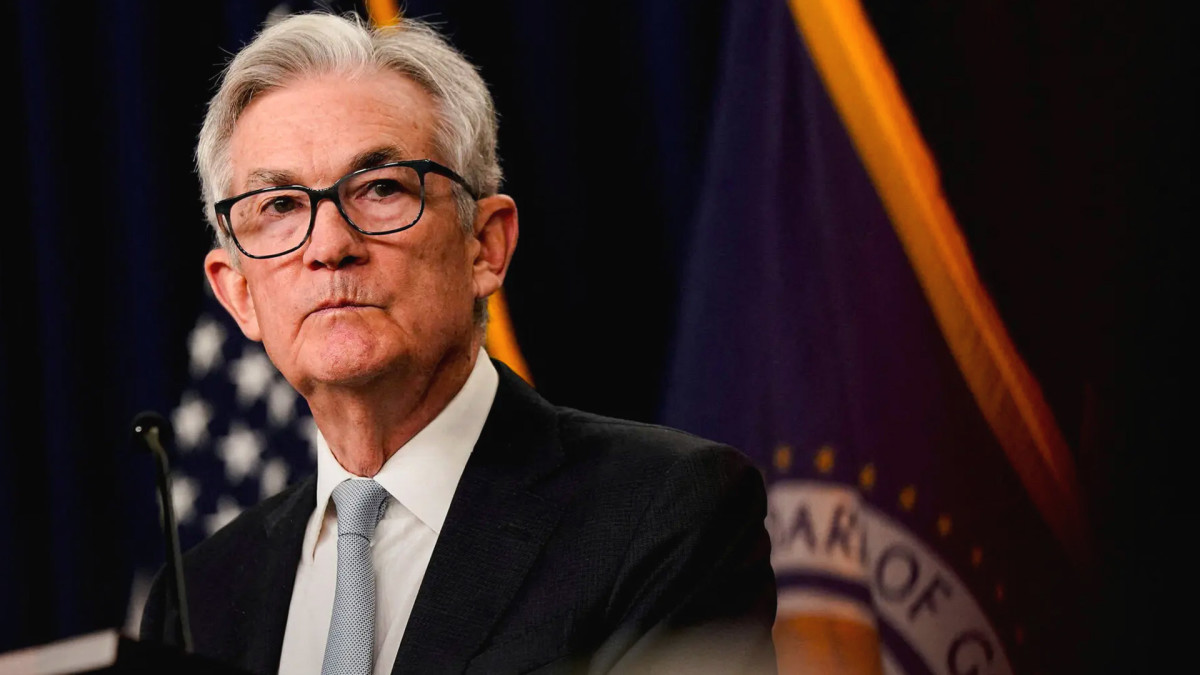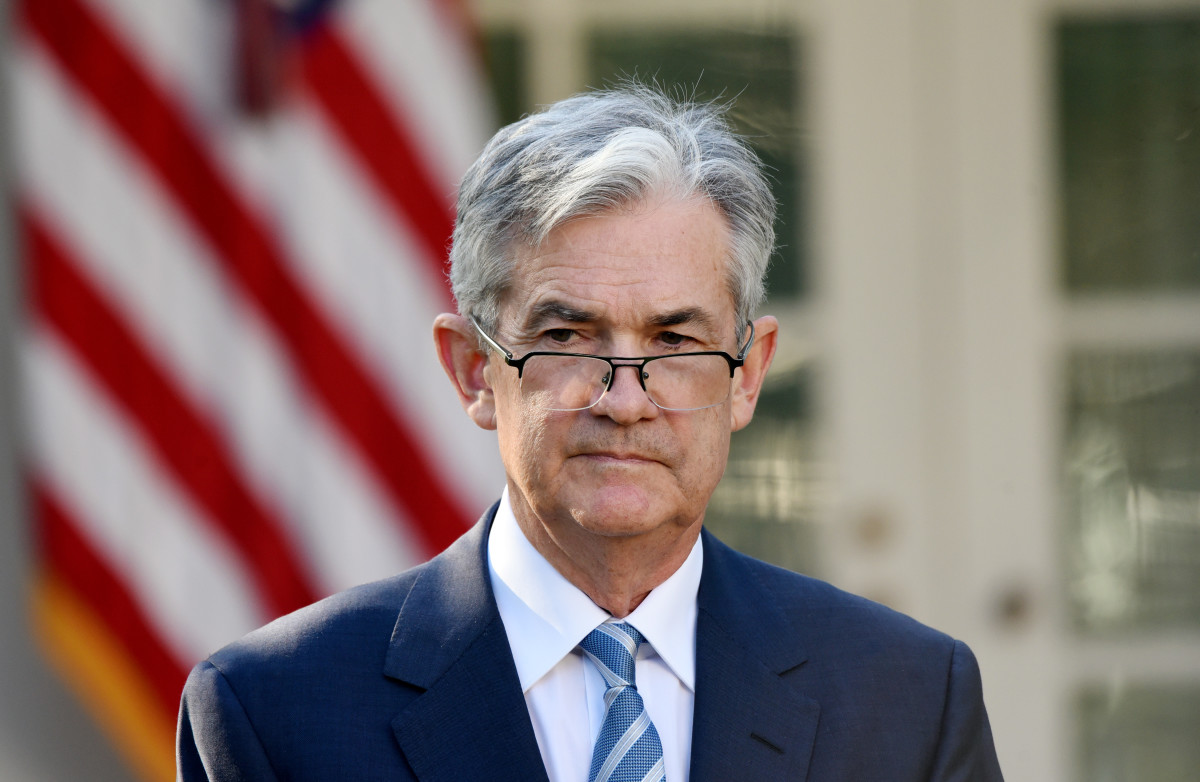
The Federal Reserve lowered its benchmark lending rate for a second consecutive time Thursday, but it hinted that it might pay closer attention to the recent tick higher in inflation pressures as it prepares new growth and inflation forecasts for the coming year.
The Federal Open Market Committee, which sets monetary policy, lowered its key lending rate by 25 basis points, or 0.25 percentage point, to between 4.5% and 4.75%, the second reduction since February 2020. The move followed the central bank's two-day policy meeting in Washington, which was delayed due to Tuesday's presidential election.
Related: Goldman Sachs analyst hints at big risk to post-Trump election rally
The central bank also noted that some progress has been made in returning inflation to its 2% target, but it also removed a reference that it had "greater confidence" in achieving that goal. It said it remains "attentive to the risks to both sides of its dual mandate."
Fed Chairman Powell, however, told reporters in Washington that the removal of that phrase wasn't intended as a form of forward guidance on rates.

Olivier Douliery/Bloomberg via Getty Images
"Recent indicators suggest that economic activity has continued to expand at a solid pace," the Fed said in a brief statement. "Since earlier in the year, labor market conditions have generally eased, and the unemployment rate has moved up but remains low. Inflation has made progress toward the Committee's 2% objective but remains somewhat elevated."
"The Committee seeks to achieve maximum employment and inflation at the rate of 2 percent over the longer run," the statement added. "The Committee judges that the risks to achieving its employment and inflation goals are roughly in balance."
Stocks pare gains after Fed decision
U.S. stocks added to gains following the Fed statement and Powell's remarks to the press, with the S&P 500 last marked 42 points, or 0.71%, higher on the session. The tech-focused Nasdaq, meanwhile, rose 275 points, or 1.45%, while the Dow was last marked 16 points to the upside.
Benchmark 10-year Treasury note yields, which have risen more than 80 basis points since the Fed's last cut in late September, were little changed at 4.361%.
Related: Goldman Sachs analyst hints at big risk to post-Trump election rally
The Fed will meet again in December for its final policy decision of the year, and will publish fresh growth and inflation forecasts for the next two years.
"The Fed would like to gradually bring rates down to neutral territory, and today’s cut is another step in that direction," said Elizabeth Renter, senior economist at NerdWallet. "But they’ll need to stay attuned to any looming policy changes in the wake of the election."
"This doesn’t mean they’ll act preemptively based on what they think the incoming administration might do, but that they’ll be ready to act if changes alter risks to the labor market or inflation," she added. "Currently, those risks are in balance."
More Economic Analysis:
- Jobs report shocker puts Fed interest-rate cut in play
- Fed inflation report renews pressures, tests interest rate bets
- Fed interest rate decision and election may roil stocks
The Bureau of Labor Statistics reported Friday that a net 12,000 new jobs were created in October, well below the downwardly revised September total of 223,000 and also south of this year's monthly average of around 200,000. The headline unemployment rate held at 4.1%.
Related: Trump election win may put Fed interest rate cuts at risk
Prior to that, however, payroll processing group ADP's National Employment report for October showed private employers added 233,000 new hires, the most in more than a year, with gains in education and health services as well as construction leading the advance.
That report, in fact, came just prior to a solid reading for third-quarter GDP from the Commerce Department, which showed a 2.8% growth rate and solid consumer spending, as well as a PCE inflation report that hinted at renewed inflation pressures into the final months of the year.
"The pace of any future cuts is looking considerably less certain," said Lindsay James, investment strategist at London-based Quilter Investors.
"The market is currently pricing in three or four more quarter point rate cuts over the coming year, as core PCE inflation has been flat at 2.7% for the past three months even as the headline rate has fallen closer to target at 2.1%."
"Volatile data from the jobs market has clouded the outlook, and so too has Donald Trump’s win," she added.
Related: Veteran fund manager sees world of pain coming for stocks







